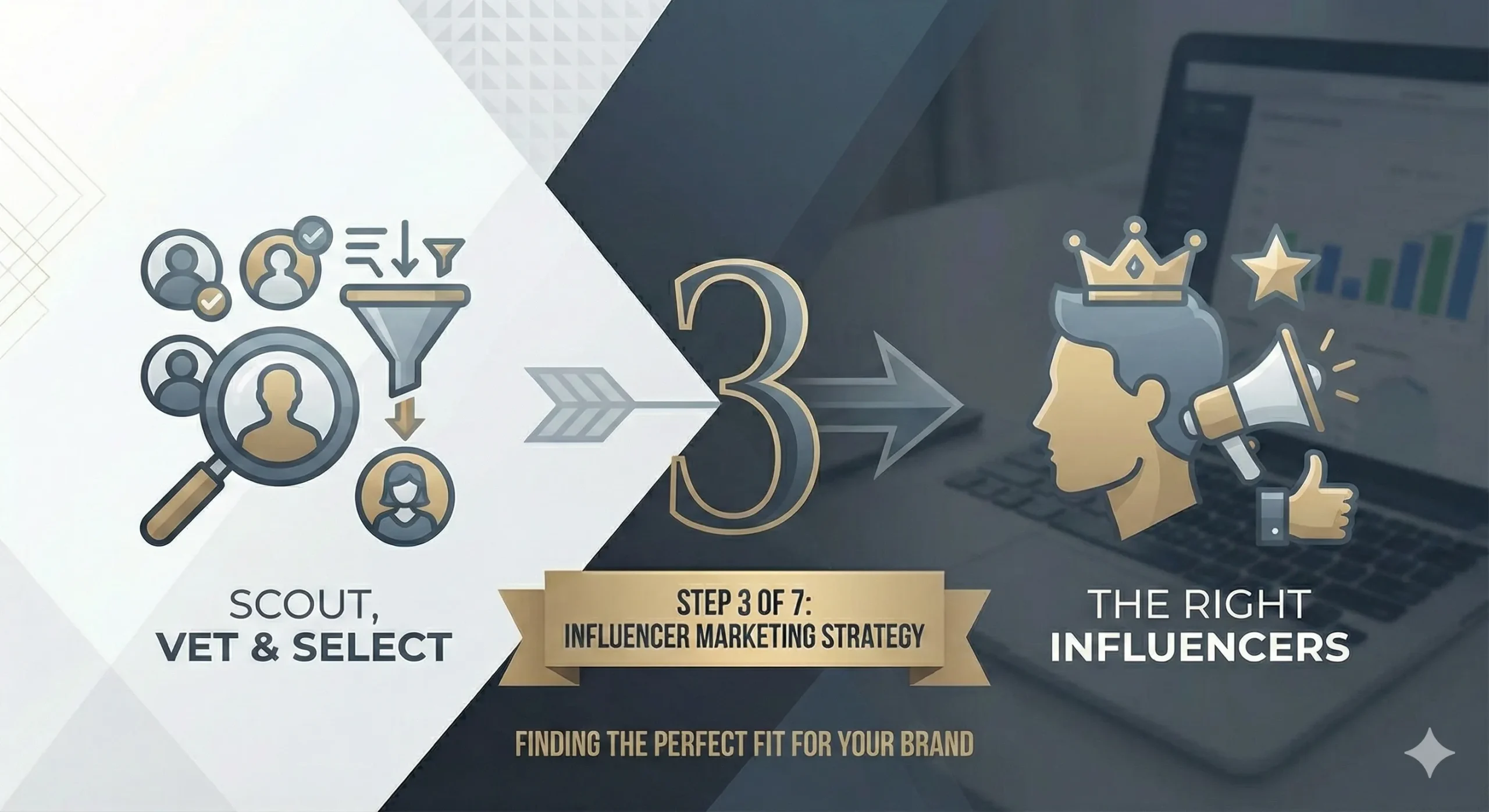After the revolution from Traditional Marketing to Social Media Marketing and with its exponential rise in the current generation, the growth of Influencer Marketing has been unstoppable. Influencer Marketing with its various categories and vastly developed reach is now one of the crucial domains for businesses.
So to understand this marketing style here are all the insides about Influencer marketing.
What is Influencer Marketing?
To understand Influencer Marketing from its core, one has to get the knowledge of what is the meaning of “Influencer”. In this current scenario where everything revolves around social media, the term Influencer generally refers to someone who produces creative content across various social platforms, like Instagram, Twitter, Facebook, and YouTube (mostly visual platforms) and with the creativity and authenticity of the content, they can make an impact among other people. By creating an impact, building a reputation, and having knowledge and expertise in their respective field of content, social media influencers create a niche community with a set of trusted followers. Based on their content genre and the size of their following, Influencers can be in various categories.
Now with an understanding of what is an “Influencer”, it will be easier to get what actually is Influencer Marketing and how it works. Brands and companies use this fame of influencers to promote their products, businesses, services, etc. Through ambassador agreements, sponsored posts, and collaboration, brands leverage influencers as a crucial element of their marketing strategy. Brands, alongside focusing on their own social media presence, also focus on their Influencer Marketing strategy to create even more visibility for their business on social media. An integral part of Influencer Marketing is to strategize carefully and pick out ideal influencers for a brand or a product.
Types of Social Media Influencers
Based on the influencer’s following reach and genre of content here are the categories of influencer marketing:
- NANO INFLUENCER :
Influencers with followers between 10,000 to 25,000 on any particular social media platform are referred to as Nano-Influncers. They have a minimal number of followers but Nano-Influencers have the highest engagement rate because, with their limited capacity, they can foster strong bonds with their audience.
- MICRO INFLUENCER :
With followers over 25,000 to under 1,00,000, these types of individual influencers are called Micro-Influencers. In terms of follower count, they are larger than Nano- Influencers and most likely to pursue social media influence as a part of living. They have slightly better and larger outreach within their niche community and still, they can create relatable and authentic content.
- MACRO INFLUENCER :
A macro-influencer is someone with over 100,000 to under 1,000,000 followers on social media platforms. This category of influencers can be celebrities, athletes, or individuals who became famous through social media. They use their social media following to promote a product or service. Through their reach, they can drive a large amount of traffic to a company’s website. A Brand’s target audience may be only a portion of a macro-influencer’s viewers, but promoting products or services through them is always a great way to create brand awareness due to their large following.
- MEGA INFLUENCER :
Celebrities with social media presence followers over a million are called Mega-Influencers. They are often quite expensive for brands to afford because of their existing fame and status. Mega-celebrities have the largest impact and outreach, their audiences are broad and span numerous demographics and interests. Audiences follow mega-influencers because of their huge fame and celebrity status which automatically rules out the part of creating a trusted bond among each other. And because of the volume of followers they possess, it is difficult for them to be relatable and authentic. Only bigger brands can use mega-celebrities for their business promotion.
There are also categories of influencer marketing, based on their particular industries, such as
- Fashion Influencer
- Lifestyle Influencer
- Travel Influencer
- Entertainment Influencer
- Health & Fitness Influencer
- Beauty Influencer
- Food & Nutrition Influencer
- Finance Influencers
- Technology Influencer
- and many more.
Every influencer has a specific genre but these categories can overlap, as many influencers might fit into multiple niches or platforms. Brands, marketers, and companies target those particular influencers who fit right into their category and best option for their business. When all of these are executed well enough, it can significantly enhance brand visibility, engagement, and sales. This is one of the crucial influencer marketing strategies to follow as a marketer.








